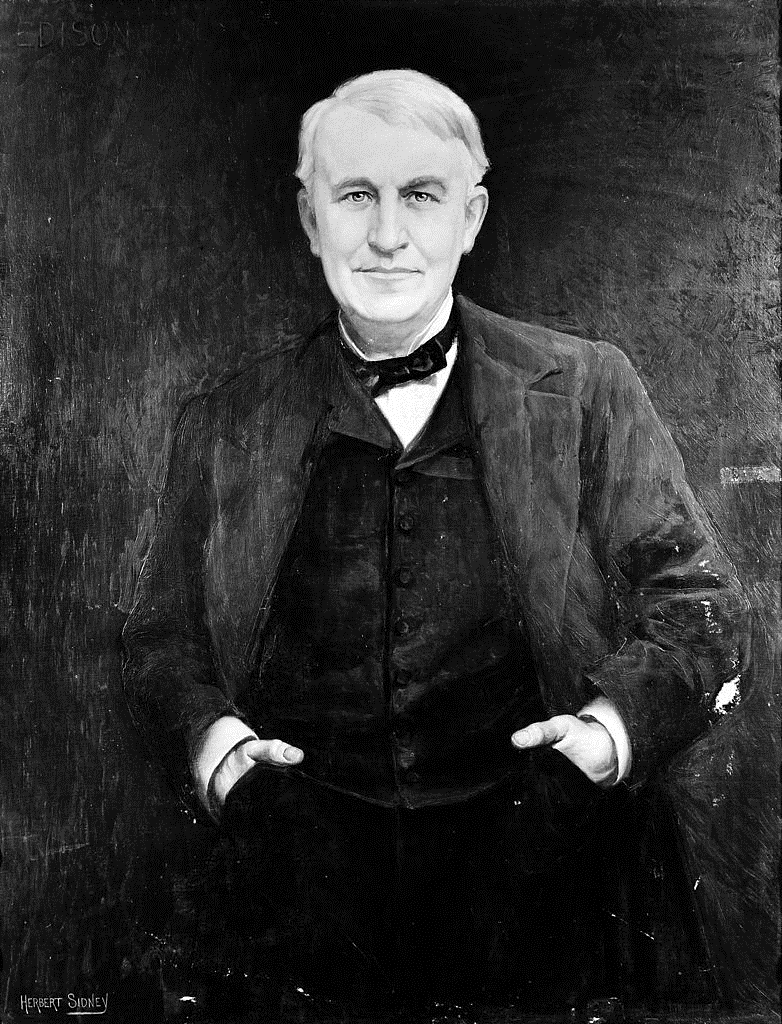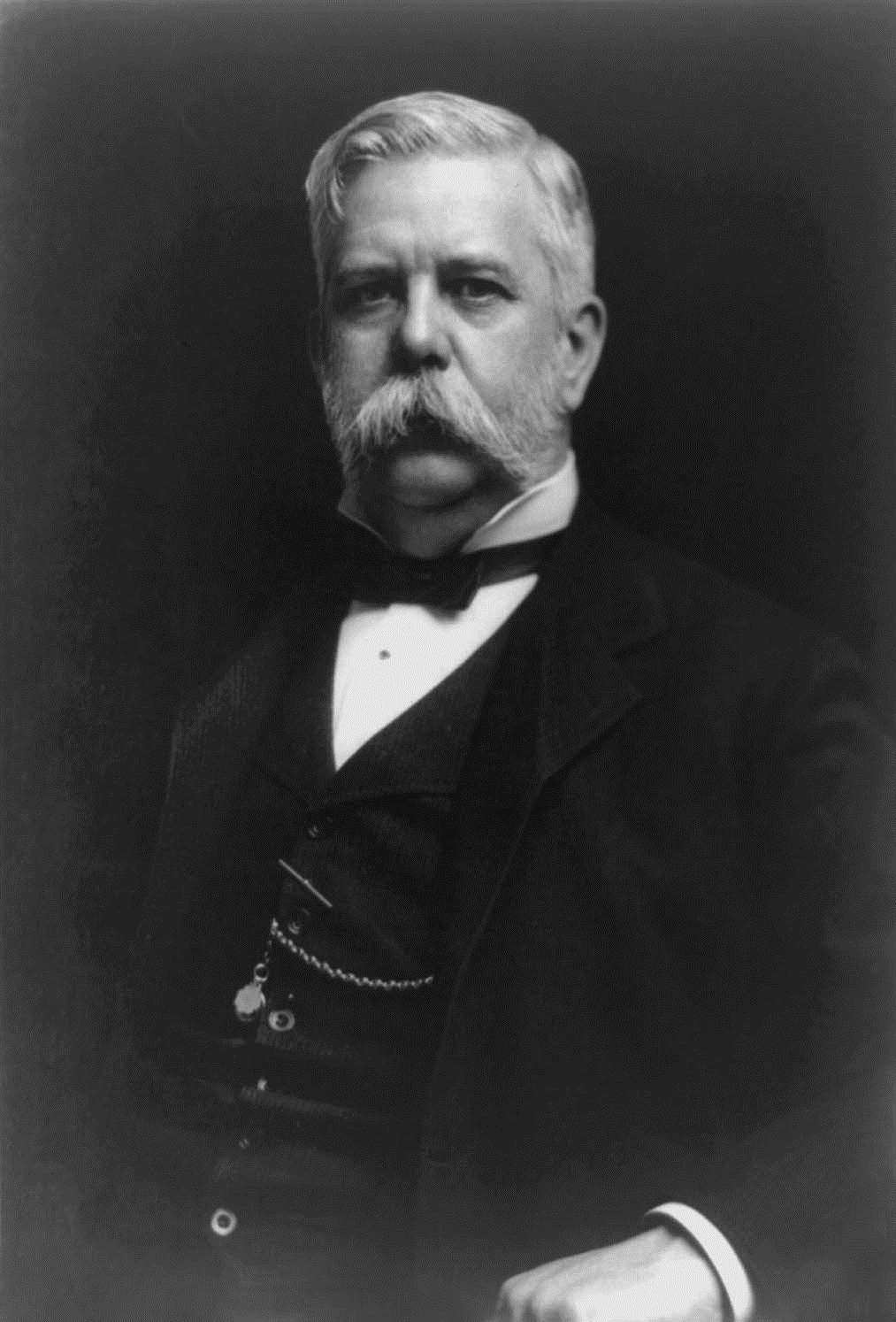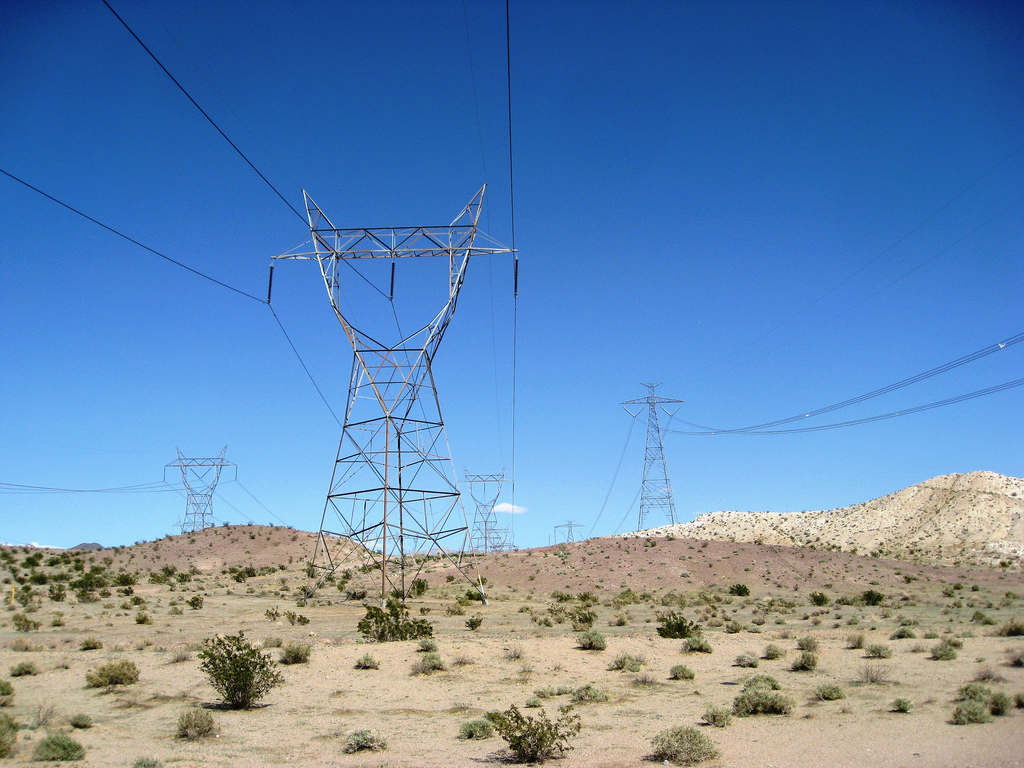The Rise of DC
by Andy Boyd
Today, getting from A to D. The University of Houston presents this series about the machines that make our civilization run, and the people whose ingenuity created them.
All electricity is not created equal. Direct current, or DC, arises from the flow of electrons moving in one direction through a wire that forms a circuit. Alternating current, or AC, arises when the electrons are jiggled forward and backward in the wire. It's the movement of the electrons that creates power, so whether the electrons are running in circles or running back and forth they do the job just fine. There are, however, differences when it comes to working with AC and DC. And it's an evolving story.
The late 1880s witnessed a remarkable conflict between two powerhouses: Thomas Edison, who championed DC, and George Westinghouse, who favored AC. The battle was fueled by a desire to gain control of the nascent market for electric energy, a market with huge commercial potential. In the end, AC and Westinghouse won out based on AC's technical merits. It was simpler and less expensive to deliver.

Portrait of Thomas Edison Photo Credit: Wikimedia

George Westinghouse Photo Credit: Wikimedia
But over time that changed. By the 1960s, DC technology had improved to the point that it was a viable alternative. But of course, by that time the AC train had long left the station.
One of the primary advantages of AC when it was first adopted was that it could carry more power more efficiently over long distances. In a twist of fate, technology has now made DC a better engineering alternative for this task. An example can be found the Pacific DC Intertie, a line which connects a power generating station in the Pacific Northwest to greater Los Angeles. The first phase of the project was completed in 1970, and upgrades have been ongoing ever since. The one line, stretching some 850 miles, can provide over one-third of the peak energy consumption for greater Los Angeles.
 The DC power line on the right has only two conductors
The DC power line on the right has only two conductors
while the other AC lines have three.
Photo Credit: Flickr
Worldwide the number of long-distance DC lines has grown at a slow but steady pace. While DC offers advantages, it's also competing with existing AC infrastructure. Still, for long distances, with just one or two connections back into the AC power grid, DC makes sense. Inspired engineers envision a nation laced with a backbone of DC powerlines stretching from rural windfarms, solar energy fields, and hydroelectric stations to crowded urban areas.
Also nudging the world back in the direction of DC is the growth of devices that don't use AC. Toasters. Table lamps. They're designed to use AC power direct from the socket. But if there's a box on the cord connecting your device to the socket, that box is almost certainly an AC to DC converter, and your device almost certainly runs on batteries. Laptops. Cars. Even our roaming vacuum cleaners. Conversion between AC and DC wastes energy - you can feel it in the form of heat when you touch the converter. So once again, DC makes sense. Will DC ever make its way straight into our homes? It's hard to imagine, but who knows? Thomas Edison may yet win the battle.
 Phone charging
Phone charging
Photo Credit: Pexels
I'm Andy Boyd at the University of Houston, where we're interested in the way inventive minds work.
(Theme music)
Many thanks to colleague David Wood for bringing this topic to my attention.
The AC versus DC debate ("war") starting in the 1880s is typically framed as one between the inventors Thomas Edison and Nikola Tesla. However, the differences in opinion over commercial development were largely between Edison and Westinghouse.
Long distance direct current lines are typically abbreviated HVDC, with the HV standing for "high-voltage."
High-Voltage Direct Current. From the Wikipedia website: Click here. Accessed December 11, 2018.
Umair Irfan. Edison's Revenge: Will Direct Current Make a Comeback in the U.S.? From the Scientific American website: Click here. Accessed December 11, 2018.
Pacific DC Intertie. From the Wikipedia website: Click here. Accessed December 11, 2018.
James Temple. "How to Get Wyoming Wind to California, and Cut 80% of U.S. Carbon Emissions: High-Voltage Direct-Current Transmission Lines Hold the Key to Slashing Greenhouse Gases." MIT Technology Review, December 28, 2017. See also: Click here. Accessed December 11, 2018.